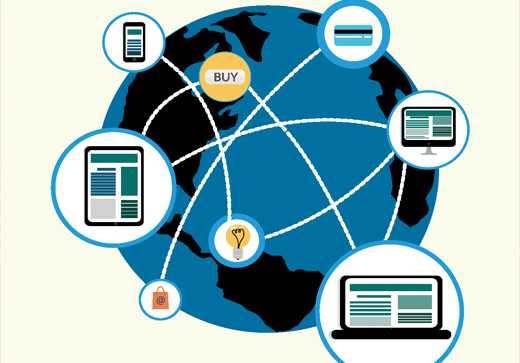More Shoppers Go Global

Cross-border e-commerce has grown so quickly that 25 percent of PayPal’s transactions are now international, with about 2,000 cross-border transactions per minute, according to the Associated Press.
A PayPal report estimates that by 2018, about 130 million shoppers will be spending over $300 billion a year across the border, up from $105 billion in 2013.
Online retailers are working on fixing the biggest hurdles for international shopping: The perception that it costs a lot and takes a long time. They are handling the conversion of currency behind the scenes and giving shoppers the prices in their own currency, as well as tariffs and customs duties in the overall price of an item. And they’re being transparent about shipping times and enabling shoppers track packages online.
Some, like Alibaba’s AliExpress, also offer features like free international shipping. And some retailers that work with PayPal, such as Australian-based companies KeepCup (which sells reusable coffee cups) and WallFry (which sells wall art for children’s rooms), have opened warehouses in the U.S. and U.K to keep up with demand from overseas.
In the opposite direction, Colorado online bicycle parts store Pro’s Closet now sees 45 percent of its orders coming from Canada, Australia, Germany, Brazil, China and other countries, thanks to PayPal and eBay’s translations of product listings into customers’ language and currency.
And luxury deal site Gilt.com now does 20 percent of its business internationally by partnering with cross-border logistics company Borderfree and Alibaba’s Alipay payments service.